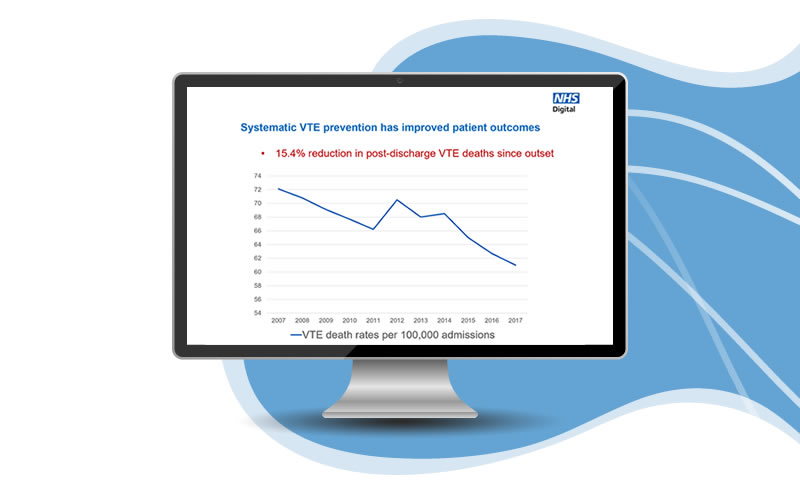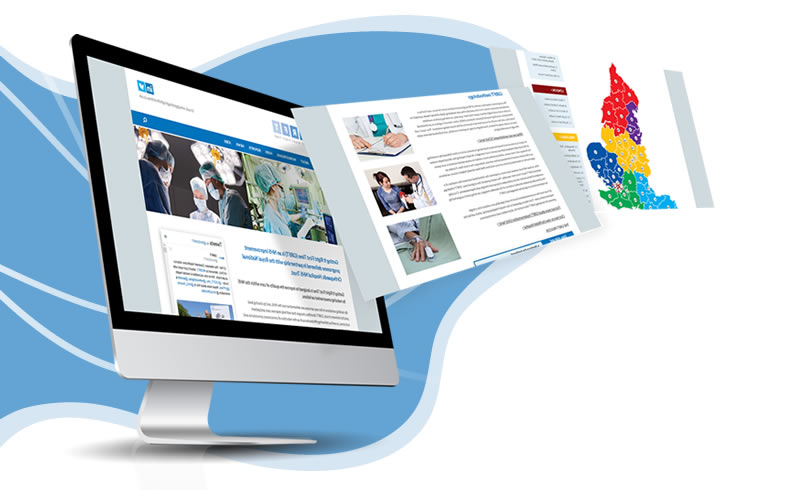Wednesday 13th October 2021
Watch the virtual meeting hosted by Prof Beverley Hunt OBE, Medical lead for Thrombosis UK, in collaboration with the VTE Exemplar Network and NHS GIRFT.
With discussion and opportunity to pose questions, the panel considered:
- the specifics of the VTE Survey
- next step in understanding HA-VTE
- improving practice and implementing recommendations
- Dr Aidan Fowler - National Director of Patient Safety in England & DCMO England
- Prof Tim Briggs - NHS GIRFT
- Prof Roopen Arya – VTE Exemplar Network
- Prof Beverley Hunt OBE – Thrombosis UK
- Dr Lara Roberts – Lead Report writer
- Robin Offord – Director of Clinical Pharmacy, UCL, London
- Emma Gee – VTE Nursing & Midwifery Network
- Becs Walsh - Lead Pharmacist, Anticoagulation & Thrombosis Prevention Sheffield Teaching Hospital NHS FT





